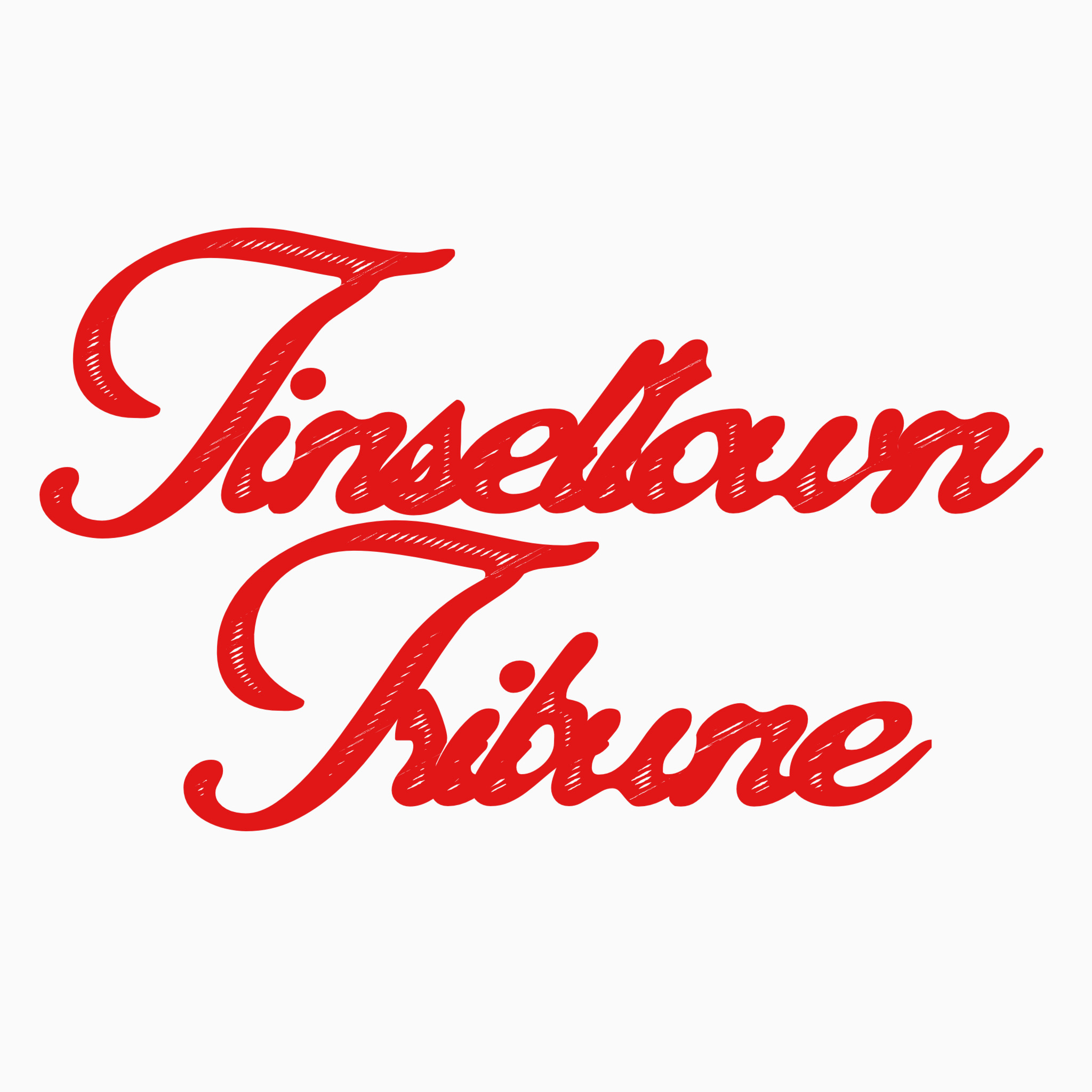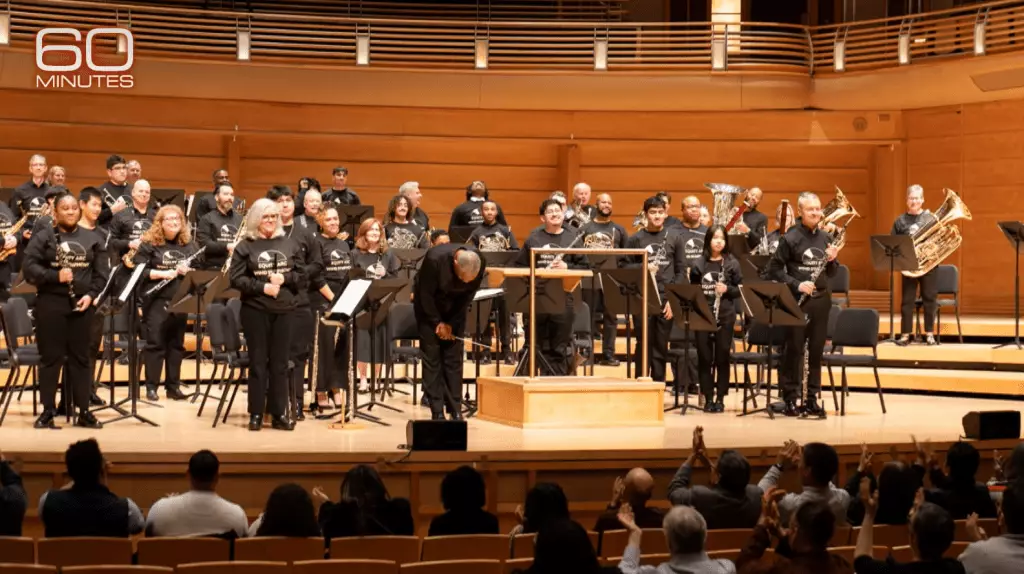The cultural landscape of a nation often reflects its commitment to growth, inclusivity, and representation. Yet, when political actions stifle diversity and deny opportunities, the ramifications stretch far beyond immediate effects. Recent decisions, like those made under the Trump administration concerning diversity, equity, and inclusion (DEI), have far-reaching implications not only for individuals but also for the societal fabric itself. A poignant example surfaced in a recent episode of *60 Minutes*, revealing how a mere executive order turned a celebration of artistic expression into a moment of disillusionment for young musicians from diverse backgrounds.
This episode highlighted the plight of talented young artists—Black, Hispanic, Indian, and Asian musicians—who were selected to perform with the esteemed United States Marine Band. Founded in 1798 and often regarded as “The President’s Own”, the band has a storied history of embracing community and supporting budding talent. However, the decision to collaborate with a nonprofit focused on fostering diversity—Equity Arc—posed an existential threat to the rigid narrative that often accompanies traditional arts institutions. The young musicians’ dreams were dashed when the executive order prohibiting DEI initiatives was enacted, effectively silencing a new generation’s voices in the process.
A Loss of Potential and Humanity
Rishab Jain, an 18-year-old Indian American who aspired to contribute his art to a historical institution, aptly stated, “If we’re suppressing art, we’re suppressing emotions.” This sentiment rings profoundly true: art serves as the mirror to humanity, reflecting our complexities and vulnerabilities. When opportunities for expression are snuffed out, society suffers—not only from the loss of creative potential but from a degradation of the human experience itself. Art is an avenue for connection and understanding, with the ability to bridge gaps across cultures. Thus, limiting diversity in artistic spaces essentially isolates voices that carry unique narratives critical to a holistic society.
Over 60 talented students responded to the audition call from Equity Arc, yet the commanding officer of the Marine Band wrote that due to the executive order, rescheduling the concert was impossible. This response underscores an unsettling reality: bureaucracy has the capacity to undermine dreams and aspirations, especially for those historically marginalized within the arts. The disheartening statistics reveal just how much of a discrepancy exists within American orchestras, which are predominantly white. With nearly 80% being white, the systemic exclusion of diverse artists profoundly hinders the musical landscape and distorts the cultural narrative being presented to the wider audience.
Redefining Inclusivity Through Resilience
Despite these challenges, the evening was not entirely shrouded in disappointment. The *60 Minutes* initiative to host an alternative concert resiliently highlighted that community can flourish even in the face of suppression. By bringing together diverse student musicians alongside seasoned veterans from various branches of the military, the event became a celebration of unity and artistic freedom. Conducted by Rodney Dorsey of Florida State University, the concert showcased a band that spilled over with talent, reminding everyone present that the power of music transcends politics.
John Abbracciamento, a retired Marine Band trumpet player, passionately expressed that this concert should not be viewed as a detriment to the nation; rather, it uplifts and inspires. This sentiment is critical in times of heightened division; art can unite us, regardless of the socio-political climate. By gathering individuals from various backstories, the concert exemplified that creativity does not happen in a vacuum and thrives best in diverse environments.
The Ultimate Call to Action
This narrative intersects at crucial junctures of the American identity, challenging us to confront our anxieties about representation and cultural expression. The call for action is clear: we must advocate for diversity in all forms of artistic endeavors. Institutions need to reevaluate their frameworks to ensure they foster inclusivity rather than perpetuate exclusivity. The arts should be a realm where voices rise above the din of oppression, where everyone’s story matters.
As the echoes of the concert linger, it becomes imperative to transform this moment into a broader conversation about the power of diversity. It is time to reclaim our humanity—not just as spectators of an event but as active participants in an ongoing commitment to representation, equity, and the art that binds us all.

